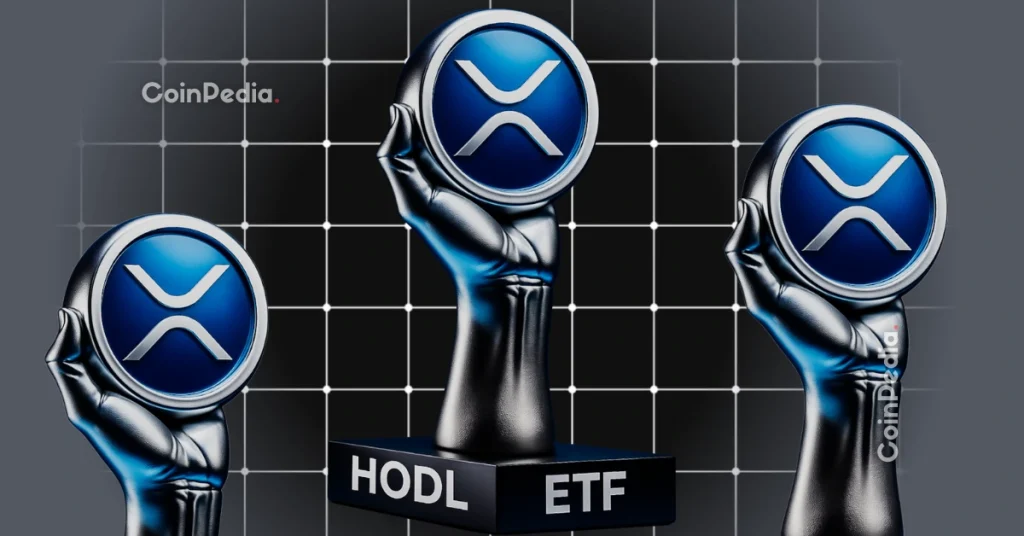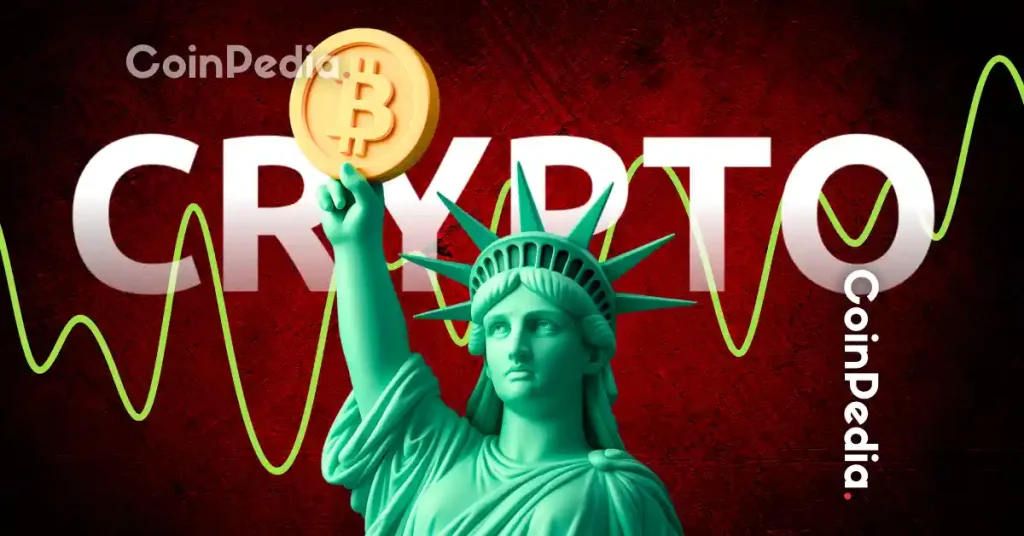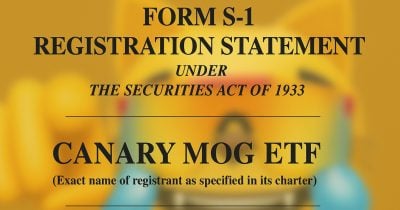Temporal, a crypto research and development firm, is the creator of HumidiFi, a so-called dark exchange that has dominated trading on the Solana blockchain in recent months.
That’s according to multiple sources who spoke to DL News on condition of anonymity.
Dark exchange
HumidiFi is one of several dark exchanges on Solana. While the identity of the team behind HumidiFi has so far remained a secret, the protocol plays an outsized role on the blockchain.
Data on handled trades over the past month — around a third of all trading on Solana — per DefiLlama.
In addition to confirming HumidiFi was created by Temporal, one source shared screenshots of Telegram conversations in which Lucas Tcheyan, a researcher at Galaxy Digital, also confirmed the connection.
Tcheyan did not immediately respond to a request for comment.
DL News considered the sources credible due to their positions in the Solana developer community.
Temporal founder Ben Coverston declined to comment when asked if his firm was behind HumidiFi, but did not deny it.
“No comment,” he said.
DL News asked Coverston if he was denying the allegation.
“No comment,” Coverston repeated.
Selling a token
The revelation that Temporal is behind HumidiFi comes as the project plans to sell a token to investors later this month.
That token, called WET, will launch on Decentralised Token Formation, a platform developed by Jupiter, a Solana exchange aggregator that works closely with HumidiFi.
It’s not clear what function the WET token will serve. Still, investors are excited about the offering given HumidiFi’s recent success.
In recent months, multiple other so-called dark automated market makers, or prop AMMs, have revealed their identities.
Market maker Wintermute confirmed to DL News in August that it runs Tessera V, a dark AMM that handled $6.6 billion of trades over the past month.
In May, Solana DeFi developer Ellipsis Labs publicly claimed credit for developing SolFi, another dark AMM whose creators were previously unknown.
Prominent player
Temporal is a prominent player in the Solana developer ecosystem.
The firm built Nozomi, an execution layer for the Solana blockchain, which processes millions of transactions daily. It also recently spun out a separate firm to launch Harmonic, an open block-building infrastructure for Solana.
The firm also invests across the Solana ecosystem, and lists DoubleZero, Backpack, and Sanctum in its portfolio.
Several of Temporal’s team were previously involved with MarginFi, a Solana lending protocol. The project experienced a schism in April last year after co-founder Edgar Pavlovsky abruptly resigned.
Coverston told DL News that only about 30% of Temporal’s team had previously been involved with MarginFi or its associated projects.
What are dark exchanges?
Dark AMMs have risen in prominence over the past year.
These protocols operate behind the scenes. They usually don’t have websites or let users provide liquidity to earn swap fees.
Instead, they typically rely solely on the liquidity provided by their — often anonymous — creators, and only accept trades routed to them through exchange aggregators, like Jupiter.
Dark AMMs often outcompete conventional decentralised exchanges because they can actively manage their liquidity. They’re also able to better defend against trading bots looking to profit at their expense.
This setup lets them offer users better prices on swaps, so exchange aggregators like Jupiter send more trades their way.
Dark AMMs accounted for around 70% of all trading on Solana over the past month, according to data from Blockworks Research.
Tim Craig is DL News’ Edinburgh-based DeFi Correspondent. Reach out with tips at tim@dlnews.com.
.png)






















 24h Most Popular
24h Most Popular








 Utilities
Utilities